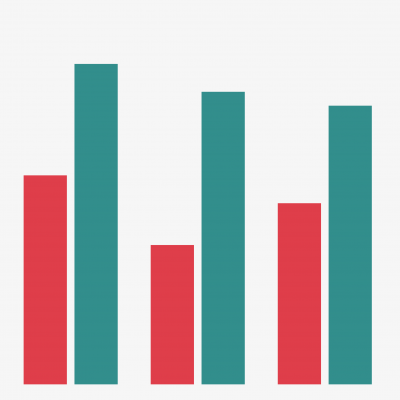How has NHS staff pay changed over the past decade?
20 July 2021

Key points
-
Over the past 10 years, there has been very little change in overall average basic pay for NHS staff, after accounting for inflation. However, there is considerable variation in how pay has changed across different NHS staff groups over the same period.
-
After accounting for inflation, pay declines are particularly visible for nurses and health visitors, midwives, and scientific, therapeutic and technical staff.
Note: this web page was updated on 21 July 2021, including an update to the chart and table. The page was further updated on 12 January 2023 to discuss changes in the makeup of the 'ambulance staff' group between March 2011 and March 2021.
The NHS Hospital and Community Service employs around 1.2 million full-time equivalent staff. The cost of paying for these staff accounts for over half (56%) of the overall revenue expenditure of the NHS. This chart shows changes in the average basic pay per full-time equivalent of different NHS staff groups between March 2011 and March 2021 in nominal terms (before accounting for changes in inflation through the Consumer Price Index) and real terms (after accounting for changes in inflation through the Consumer Price Index).
All staff groups experienced nominal growth in average basic pay in the decade to March 2021, but the trends in real terms pay are more mixed. Some groups experienced real terms increases in basic pay, notably ambulance staff and infrastructure support staff. However, it is worth noting that the composition of the ambulance staff group changed significantly in this period (see below). Other groups saw real terms falls in basic pay, including nurses and health visitors, midwives and scientific, therapeutic and technical staff. In real terms, the change in average basic pay for doctors was around £800, but this will have varied considerably across different subgroups in that category (for example, experienced consultants and junior doctors). As data on pay supplements, such as overtime pay and local area-based pay, are not available on the same full-time equivalent basis, we do not account for these although they are an important part of the overall staff reward package.
Several factors are driving these trends. Changes in longer term average pay estimates are driven in part by changes in the makeup of different staff groups. The 'ambulance staff' group is a good example – what constitutes ambulance staff in the data has changed substantially in the last decade. In 2016, a policy shift saw around 12,000 paramedics across England re-banded from band 5 to band 6 of the Agenda for Change pay scale as they developed new skills and took on more responsibilities. This re-banding likely accounts for much of an observed jump in average basic pay of ‘ambulance staff’ between 2017 and 2020, but it is difficult to say how much, since paramedics are not separated out in the earnings data. Further, in April 2019, a large number of ‘ambulance staff’ were reclassified in NHS data as ‘support to ambulance staff’ due to changes in staff group definitions. This also likely contributed to a subsequently observed increase in average basic pay of ‘ambulance staff’, as it meant that many lower paid ambulance staff were moved to another group (‘support to ambulance staff’) for analytical purposes. The data do not allow us to probe this further.
Another example is the ‘doctors’ group, which includes both junior doctors and experienced consultants – an increase in average doctors’ pay over time could be partly due to an increase in the proportion of more experienced consultants in that group. Shifts in the average number of hours worked by staff can also contribute to observed changes in average basic pay.
With the upcoming publication of the NHS Pay Review Body’s 2021 recommendations for NHS staff pay, it is useful to note this variation in trends in average basic pay across staff groups. Later this year, the REAL Centre will publish research exploring long-term trends in UK nurses’ earnings and the pay determination process for NHS nurses. With workforce pressures continuing to be the biggest challenge facing the NHS, a comprehensive workforce strategy that acknowledges the centrality of pay as a powerful driver of staff recruitment and retention is desperately needed.
Supporting table
Further reading
Work with us
We look for talented and passionate individuals as everyone at the Health Foundation has an important role to play.
View current vacanciesThe Q community
Q is an initiative connecting people with improvement expertise across the UK.
Find out more

